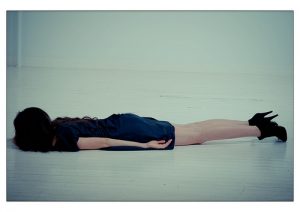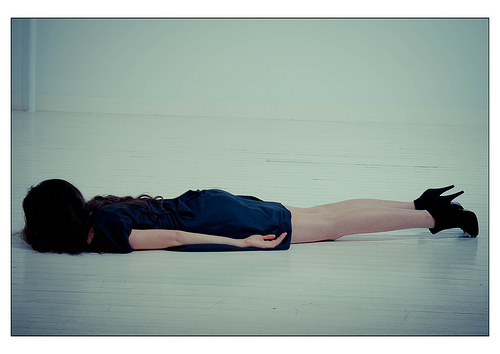Date Posted: July 12, 2011
Print Edition: July 7, 2011
By Sophie Isbister (The Cascade) – Email
 Are you looking for a summer sport that won’t make you break a sweat? Are you looking for an activity that anyone can do, regardless of age or capability? Are you looking to be involved in the art of doing nothing at all, while still calling it an activity? If you answered yes to any of these questions, then planking might be the sport for you!
Are you looking for a summer sport that won’t make you break a sweat? Are you looking for an activity that anyone can do, regardless of age or capability? Are you looking to be involved in the art of doing nothing at all, while still calling it an activity? If you answered yes to any of these questions, then planking might be the sport for you!
Maybe you’ve heard of planking; for a new sport it’s certainly been gaining popularity. There was even a Global Planking Day organized in Australia. The widespread popularity of planking has been in large part due to social media. But to further explore how sites like Twitter and Facebook help planking proliferate, I’ll first explain for the uninitiated exactly what planking is.
Planking as we know it today can be traced back to “the lying down game,” which dates back to 1997. According to The Toronto Star, it began as a game between two friends in England who were bored one day and decided to start laying face-down on various items in the living room and back yard. And that’s all there is to planking. The player lays down, stiff as a board, with their arms held tightly to their sides.
Planking didn’t really start to take off or go worldwide until the inventors publicised it on a Facebook group in 2007. From there, it spread throughout the UK and to Australia, where the term “planking” was reportedly coined. It’s currently popular in Asia, North America, Australia, and many parts of Europe. But the place that planking has its largest fan-base is, of course, on the World Wide Web.
The overall point of planking is not just to lay there; the point is to lie in an odd or hard-to-reach place, oftentimes a place that is dangerous to get to or stay on. The secondary objective is to have a picture taken by a fellow planker or plank-appreciator, and then uploaded to your website or one of the many online communities for planking. This is where, as previously mentioned, social media plays an important role: currently on Facebook the official planking page has 424,764 fans. At least 100 other Facebook pages titled “Planking” have a membership that numbers anywhere from eight to 18,000.
The groups contain pictures of people from all around the world lying face down on things: people on banisters, grills, and stairs; people on motorbikes, monuments and statues; people planking diagonally on stairs. There are even pictures of dogs (perhaps the original plankers) lying flat out on their tummies. Adorable.
The originators of planking, likely some smart-ass kids, probably didn’t imagine it would become such a worldwide craze. The sport has even gone so far as to claim lives; in May of this year an Australian man died after planking on his seventh-storey balcony. Planking has been described as pointless and a nuisance, a source of irritation for law enforcers, politicians, and upstanding citizens. But to fans of the sport it’s so much more. The act of lying down and doing nothing is attractive in a zen-like way, but most of all it’s irreverent and hilarious and I hope here to stay as a cultural phenomenon.


